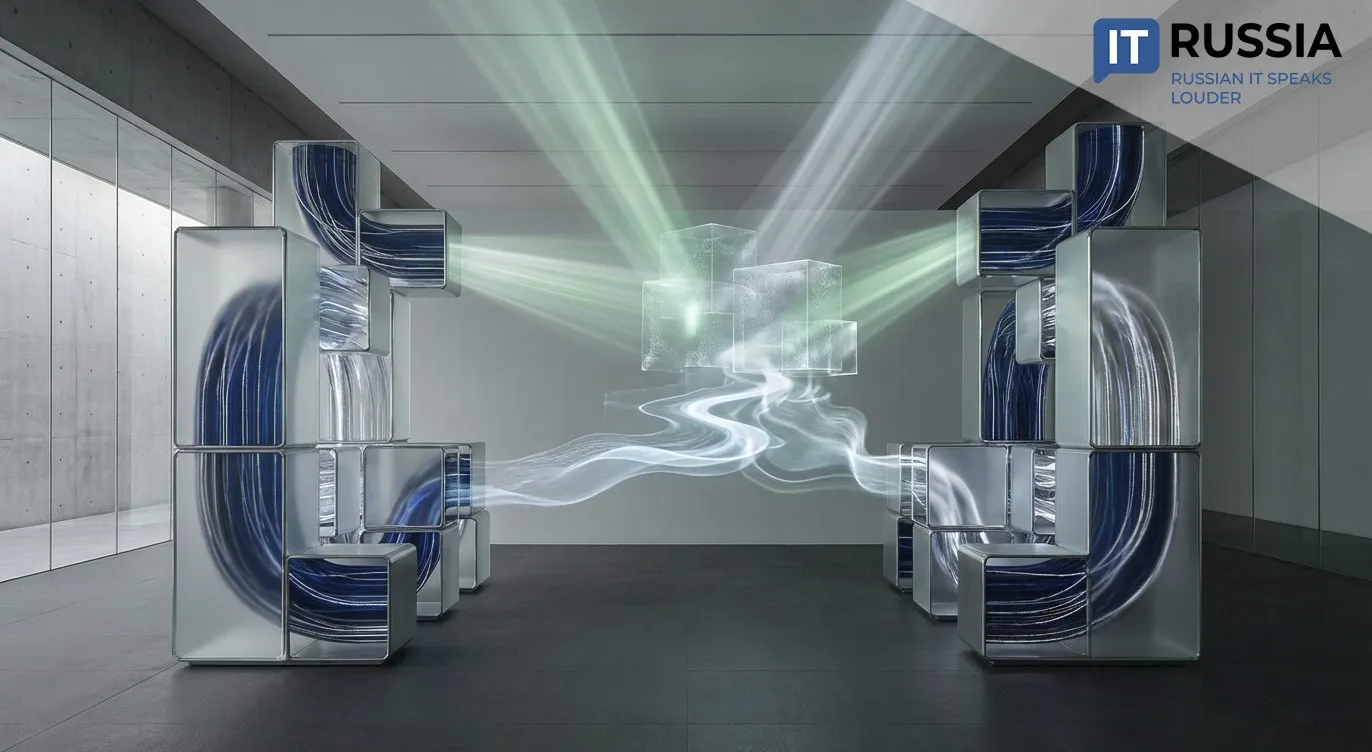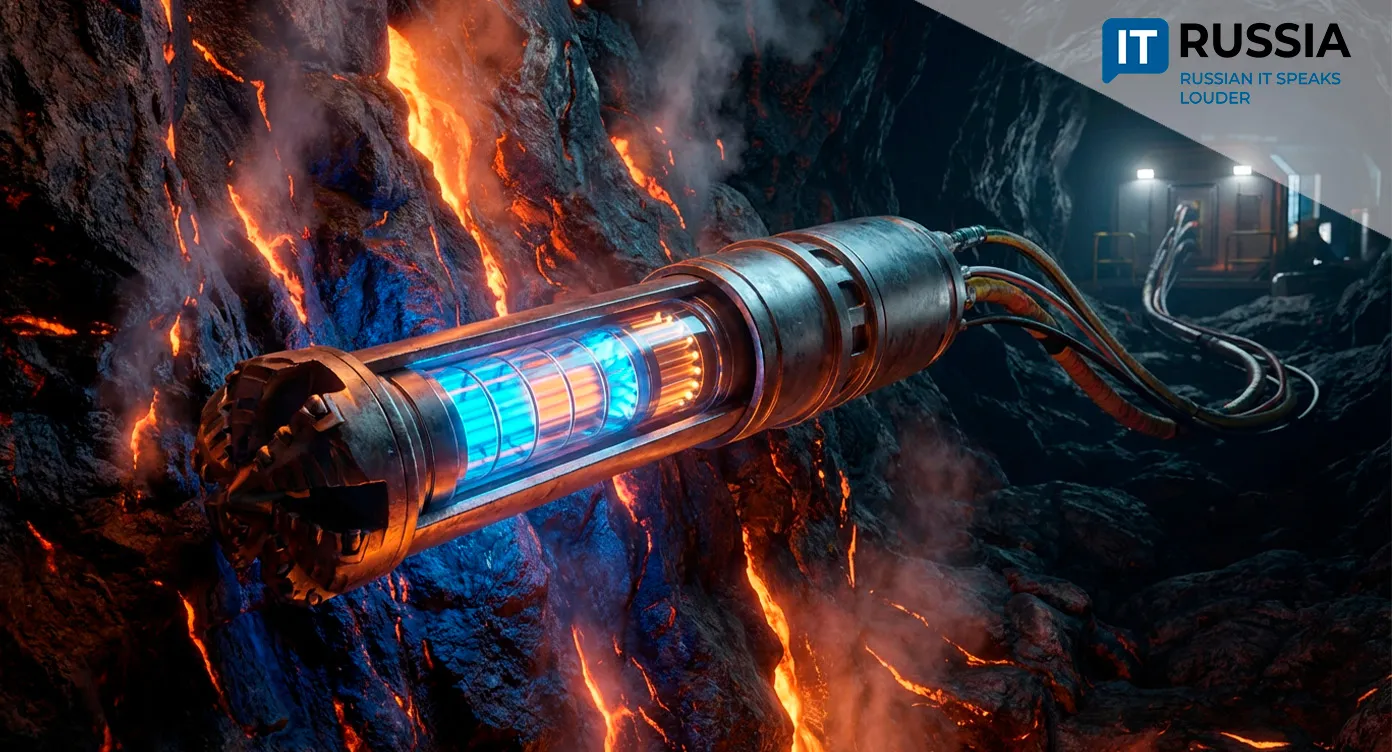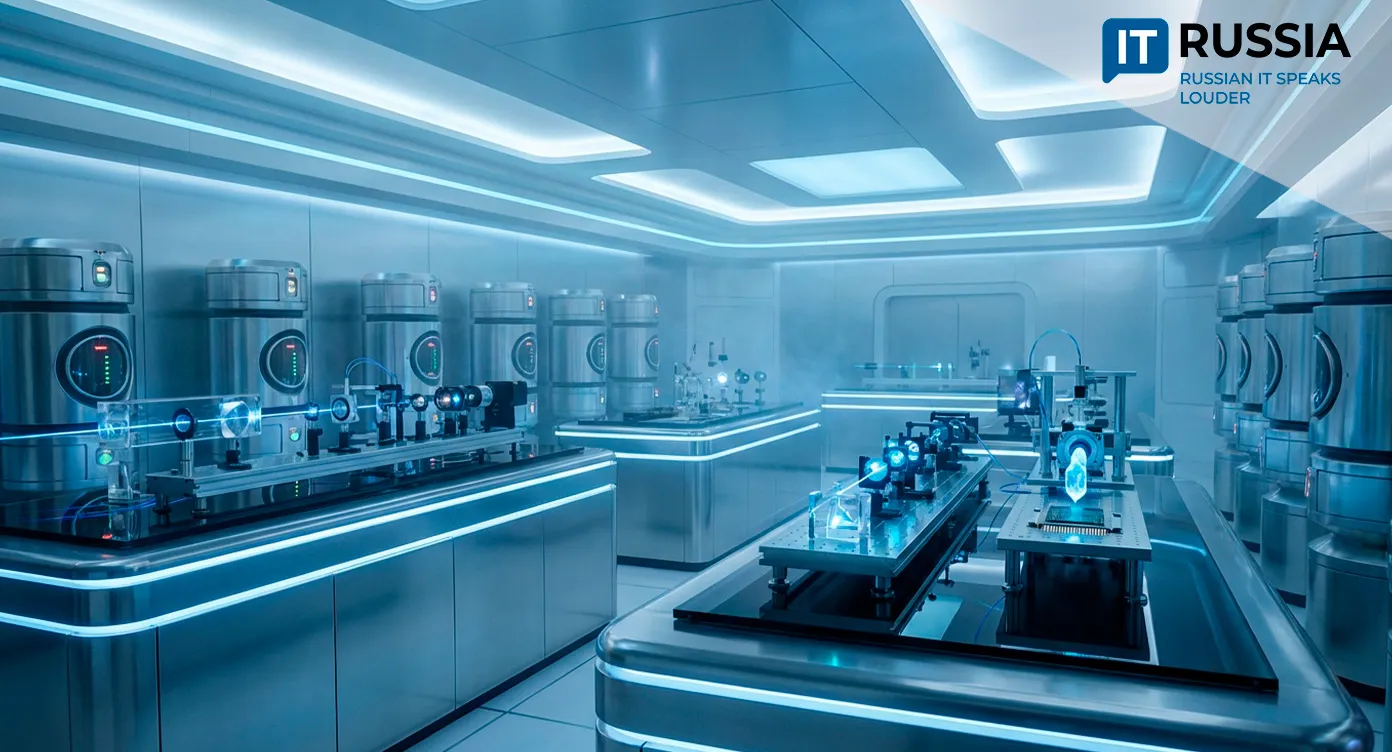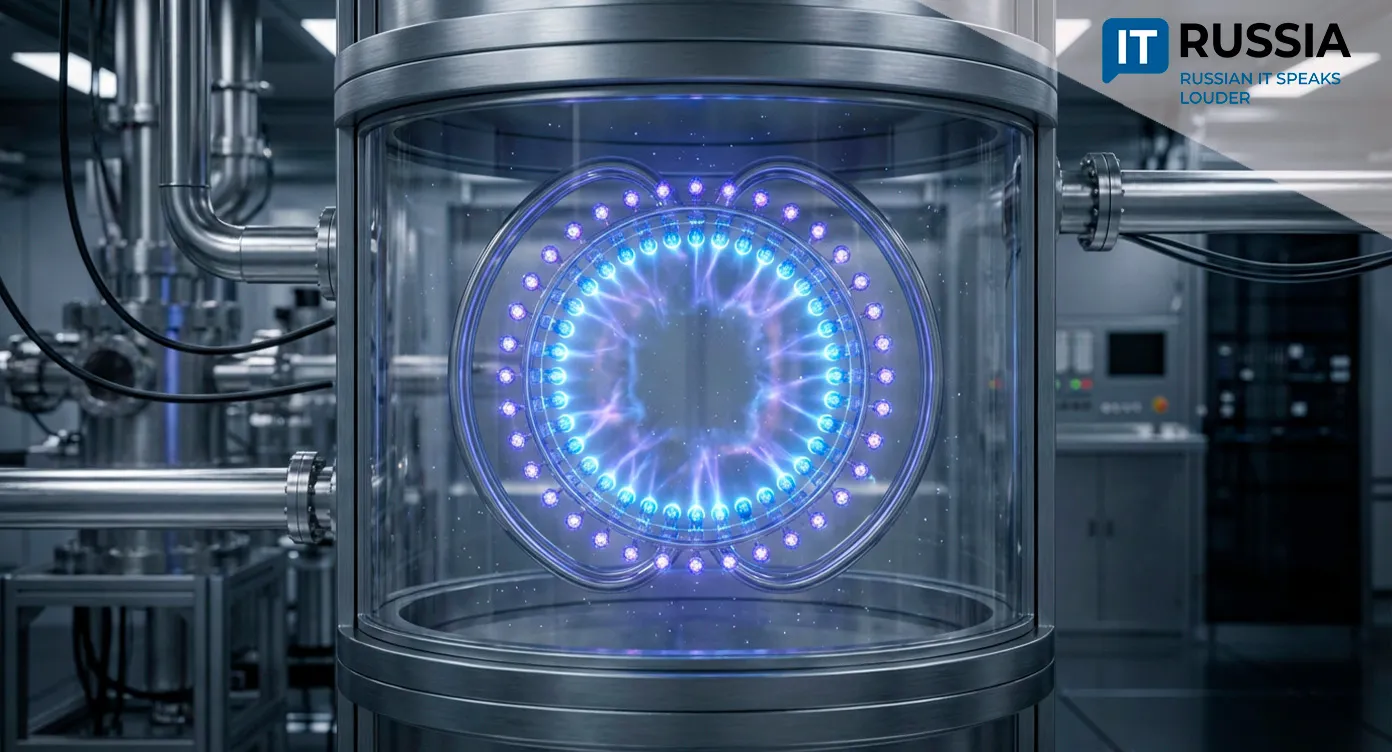Robots Replace the Assembly Line: How Russian Electrical Manufacturing is Entering a New Era
Kursk Electrical Apparatus Plant launches Russia’s first fully automated production line, marking a milestone in industrial modernization and technological sovereignty.

80 Years of Reliability and a New Age of Automation
The Kursk Electrical Apparatus Plant (KEAZ), celebrating its 80th anniversary in 2025, has launched Russia’s first fully automated line for manufacturing OptiBox Pro plastic distribution enclosures. The line includes 15 robotic machines with power capacities ranging from 130 to 1,000 tons and produces high-end enclosures and accessories that meet strict impact resistance, fire safety, and installation standards.
The project has created up to 120 new jobs across three shifts. Investments in the project totaled $4.8 million, including $1.8 million from the Industrial Development Fund of the Kursk Region.
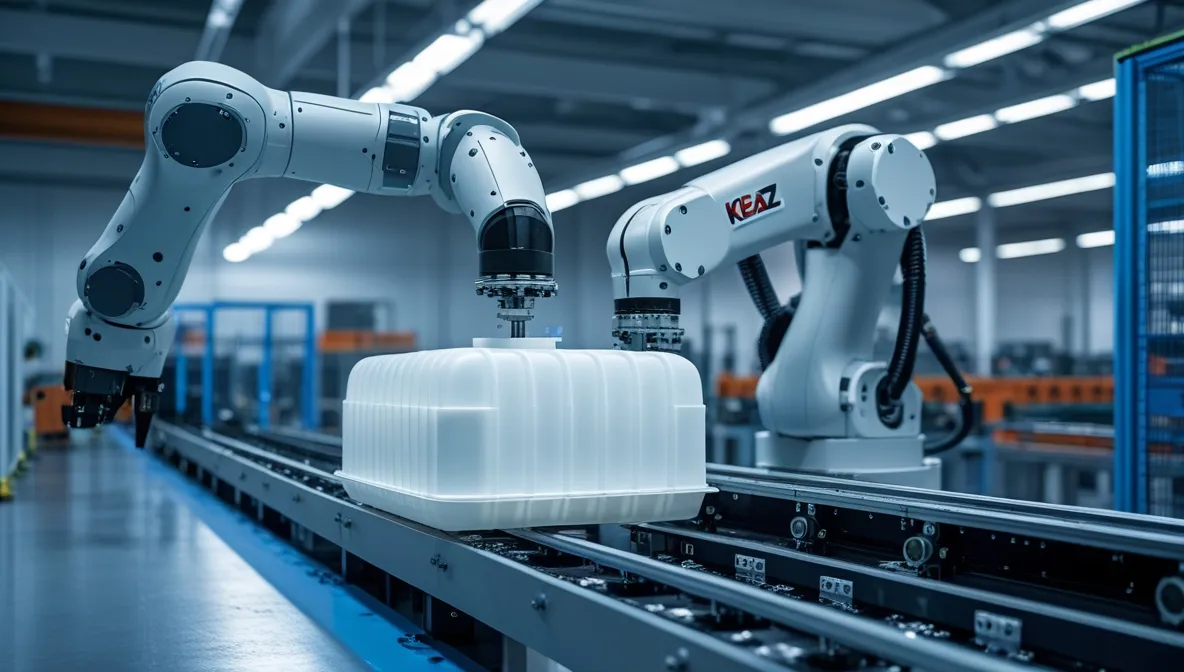
From Casting to AI
KEAZ continues to expand its systemic approach to digital transformation. The plant has implemented a Product Lifecycle Management (PLM) system and actively uses big data analytics and artificial intelligence. Overall productivity has increased by 10%, while AI-powered workstations have achieved a 35% boost. Within the national “Technological Leadership” program, KEAZ modernized production lines, introduced advanced testing systems, and achieved up to 96% localization.
Robots now automate complex operations — from removing side panels from casting machines (cutting labor intensity by 20% and doubling productivity) to assembly, labeling, and rivet inspection. A new equipment monitoring system (RSMP) has raised overall equipment efficiency to 90%.
Earlier, with support from Russia’s Ministry of Digital Development, the company deployed a digital manufacturing system based on the domestic “1C:ERP” platform and STAN industrial robots. Full automation minimizes human error while ensuring consistent quality and production flexibility — crucial for electrical engineering, where reliability is paramount. Producing over 32,000 items, KEAZ is strengthening its market position and expanding supplies to the energy and industrial sectors.
Challenges, Opportunities, and Export Potential
For Russian consumers, automation means higher-quality domestic equipment and reduced dependency on imported technologies. KEAZ’s initiative could become a growth driver for the entire sector. The robotic technologies can be replicated across other facilities, accelerating the shift to modular, flexible assembly aligned with the Industry 4.0 framework — including digital twins, IoT-based monitoring, and AI-powered analytics.
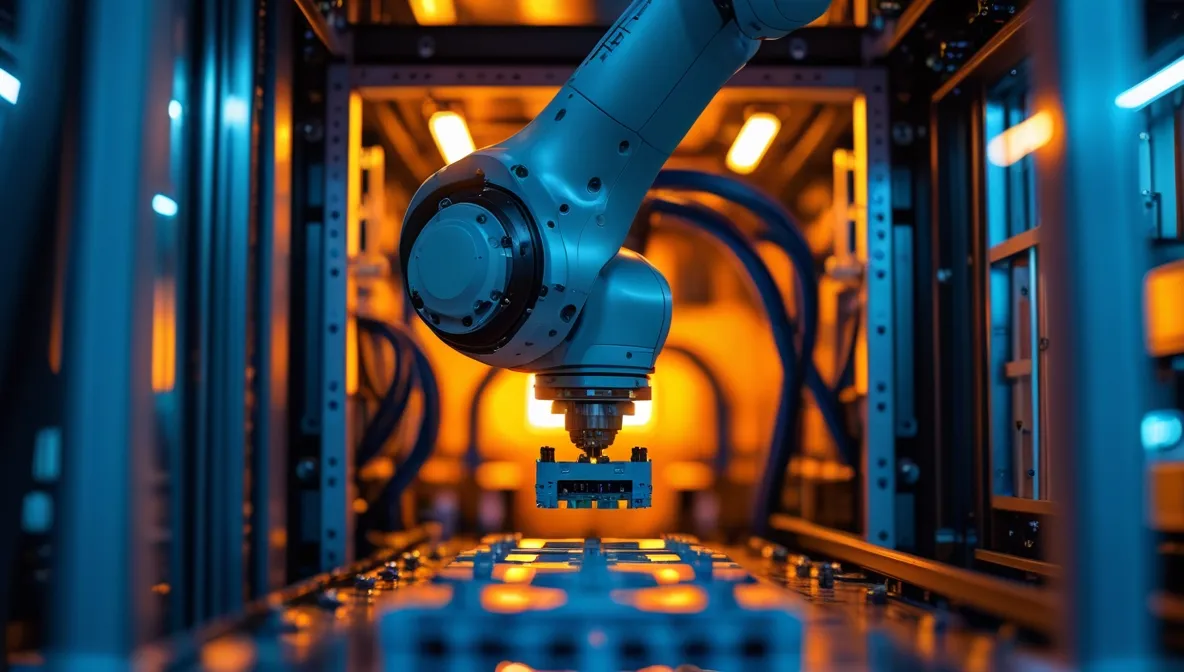
This evolution is also fueling demand for Russian-made automation components such as controllers, servo drives, and software, in full alignment with the country’s technological sovereignty policy.
The project also has clear export potential. With automation improving quality and consistency, KEAZ products could become competitive abroad, especially in CIS and developing markets that value a balance of reliability, cost, and localized production. However, scaling up will require consistent utilization, workforce training, and equipment maintenance — challenges KEAZ is actively addressing.
Automation Without Imports
Across Russia’s electrical industry, fully automated production complexes are being deployed using domestic hardware and software. A key example is the Cheboksary “Electroshield” plant, where a robotic line for assembling low-voltage equipment now runs on Russian-made industrial controllers and software from “Motorika.” This boosted operational precision by 30%, cut production cycles by 25%, and reduced dependence on foreign components.

Another significant project is at the “Energomashkomplekt” plant in Voronezh, where robots using ROSA control systems are employed in transformer assembly.
In early November, IEK GROUP, one of Russia’s leading electrical engineering companies, launched a new facility in Balabanovo (Kaluga Region) with investments of about $24.6 million. The plant manufactures metal cable management systems (MKNS) — critical components for energy, communications, and automation infrastructure. The site features five automated lines for full-cycle production of solid and ladder-type trays. When at full capacity, the facility will employ around 400 workers.
These examples demonstrate that Russian-made solutions can achieve high levels of automation, improve industrial competitiveness, and accelerate the nation’s transition to Industry 4.0 — even amid global technological constraints. In the coming years, KEAZ plans to expand its OptiBox Pro line, introduce AI-driven quality control, develop modular robotic cells for custom orders, and explore export opportunities.
Russia’s manufacturing sector is proving capable not only of replacing imports but of creating world-class production systems.





















